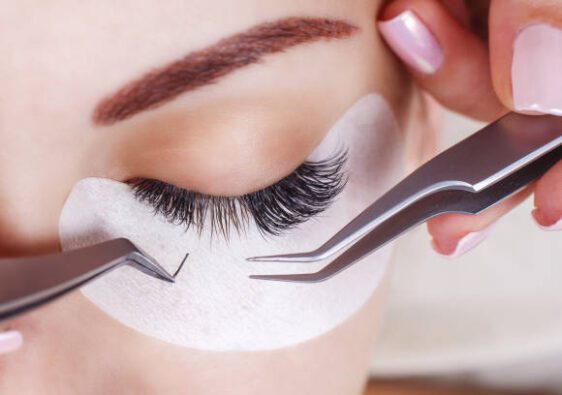Writing clinical notes can be a time-consuming task, especially for junior doctors. However, medical records are not just a hassle to complete; they’re also vital for patient communication, patient-centered care, and legal protection against lawsuits.
Documenting progress notes is a crucial skill for any clinician to master. SOAP (Subjective, Objective, Assessment, and Plan) notes are an excellent way to write your ongoing patient encounters in a structured manner.
Subjective
Knowing how to write clinical patient notes and the difference between subjective and objective data is essential when writing clinical patient notes. Whether you’re a new nurse or have been doing this for years, understanding the differences can help improve your documentation and assessment skills.
Subjective data is information that comes from a client’s personal experiences, feelings, or perspectives. This can include a patient’s own words and the comments of a family member or caregiver.
It also includes data the health professional can observe, such as a rash or bruising. Both types of data are considered subjective.
A client’s subjective data is usually gathered through verbal or written communication and shared by the patient with the health professional. Often, this information will be spontaneously shared with the health professional or in response to the client’s questions.
Objective
When writing clinical patient notes, you must separate subjective and objective data. Personal data are the patient’s perceptions about their condition, whereas accurate data are observations and measurements you take during a clinical encounter.
Symptoms and signs are two forms of objective data that can be recorded in the Objective section of your clinical note. Symptoms are the patient’s condition experience, while signs are the physical observations you make during an examination.
You can also use this section to document any objective findings from a physical exam, abnormalities noted during the exam, or results from previous laboratory and diagnostic tests. Ultimately, you should demonstrate how your findings impact the patient’s condition and treatment plan.
The SOAP note, or the Subjective, Objective, Assessment, and Plan, is a standardized framework that gives doctors structure when writing clinical notes. It was introduced to the medical field in the 1970s to document a patient’s problems quickly and effectively. Today, it’s a key part of the healthcare industry and a philosophy still transforming it.
Assessment
A systematic approach to writing clinical notes can greatly help the medical field. It ensures that you’re collecting the information you need to provide excellent care, and it also gives you ark to write consistent documentation.
You’ll want to use the SOAP method (Subjective, Objective, Assessment, Plan) when writing a clinical patient note. This acronym will help you remember the main elements of a clinical note and will help you write them clearly and consistently.
A SOAP note’s subjective section should focus on the patient’s experience and perceptions of symptoms, needs, and progress toward treatment goals. This section is typically written in the first person.
It’s essential to include this part of the SOAP note when possible, as patients often feel more comfortable sharing their thoughts and feelings. It can also help you better understand what a patient’s experience is like regarding their emotions, behaviors, and beliefs.
The Objective section of a SOAP note should include any observable, objective data about the patient’s condition, including the elements of a mental status exam or other screening tools, history information, medications prescribed, or x-ray results. Including these items is especially helpful when relevant to the diagnosis and patient’s progress.
Plan
The ability to convey medical information clearly and concisely is a skill that clinicians must master to provide safe, effective care. Fortunately, there are many tools that physicians can use to improve their writing skills.
One of the most effective tools is the SOAP note, or Subjective, Objective, Assessment, and Plan. This method of documenting a patient’s continuing encounters in a structured way helps doctors track their patient’s health status.
Using SOAP notes can be challenging, but with time and effort, you can become a well-practiced documenter of these vital clinical communications.
A good rule of thumb is to record as much information as necessary. This could include anything from what the patient told you about their condition to any unusual events during a session.
Once you have gathered all the relevant information, it’s time to write a progress note. These notes are essential for recording a patient’s ongoing progress and being a valuable legal evidence source in a dispute.
The most important thing to remember when writing a progress note is to follow the SOAP format. Your messages should contain all essential elements: subjective, objective, assessment, and plan. This makes it easier for you to create a consistent, clear documentation template for your team.



